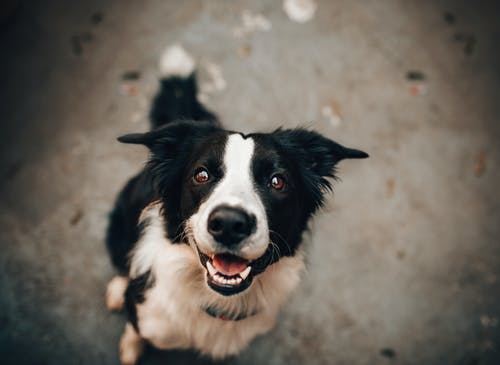Every pet owner wants the best care for their furry companion. With advancements in veterinary medicine, minimally invasive surgery is rapidly becoming the preferred choice for pet care. The benefits of this cutting-edge technology far outweigh traditional techniques.
This article will discuss why it’s essential to consider minimally invasive veterinary surgery for your pet and explore some common procedures, benefits, and how to determine if it’s the right choice for your pet.
Understanding Minimally Invasive Veterinary Surgery
Definition and Explanation of Minimally Invasive Vet Surgery
Minimally invasive veterinary surgery involves using advanced techniques and equipment to perform procedures with smaller incisions, less tissue damage, and a faster recovery time than traditional surgery. This type of surgery often involves using an endoscope or arthroscope, which are instruments equipped with high-definition cameras that allow veterinarians to visualize the internal structures of your pet’s body without making large incisions.
Endoscopic and Arthroscopic Procedures
Endoscopic surgery is used for various abdominal and thoracic cavity procedures, while arthroscopic surgery is employed for joint issues. Both techniques offer several advantages over traditional open surgery, which we will discuss in the next section.
Advantages of Minimally Invasive Surgery for Pets
Lesser Tissue Trauma
Smaller incisions result in less tissue damage and, consequently, less healing post-surgery. This advantage contributes to a faster recovery for your pet and lesser complications associated with surgical wounds.
Minimized Blood Loss During Surgery
With reduced incision size comes lesser blood loss during the procedure. This can be crucial, especially in pets with pre-existing medical conditions or older pets with a higher risk of complications.
Faster surgical Procedures
A vet surgeon can perform procedures more quickly by using minimally invasive techniques. This benefit translates to a shorter anesthesia duration for your pet, reducing the risks associated with prolonged anesthesia exposure.
Lower Pain Levels During Recovery
As we previously mentioned, smaller incisions and less tissue disruption result in lower pain levels for your pet. Less pain means a more comfortable and faster recovery, helping your pet get back to its usual self sooner.
Shortened Healing and Recovery Time
Minimally invasive surgery is associated with quicker recovery times due to reduced tissue damage, which ultimately means fewer activity restrictions for your pet post-surgery.
Common Minimally Invasive Surgical Procedures in Veterinary Medicine
Many procedures can be performed using minimally invasive techniques, such as:
- Arthroscopic procedures for joint issues
- Endoscopic organ biopsy
- Minimally invasive lung lobectomy
- Laparoscopic gastropexy and reproductive surgery
- Pericardial window creation using minimally invasive techniques
Emergency Pet Hospital: Beyond Surgeries
It’s important to note that minimally invasive surgery is just one aspect of comprehensive pet care. Emergencies can arise, and having a facility nearby that can cater to your pet’s needs is crucial. Places like the TLC Animal Clinic can provide vital services during emergencies to ensure your pet receives the care it needs.
Pet Dental Care: An Important Aspect of Overall Health
Just like humans, pets require routine dental care to maintain their overall health. It is a known fact that dental issues in pets can lead to systemic diseases if left untreated. Investing in proper cat dental care (or any other pet dental care) is crucial to ensuring your pet’s health and quality of life.
Assessing Suitability of Minimally Invasive Surgery for Your Pet
Factors Affecting the Choice of Surgical Technique
While minimally invasive surgery offers several advantages, it may not suit every pet or procedure. Factors such as the size and location of the problem, your pet’s overall health, and equipment availability can determine whether minimally invasive surgery is an appropriate choice.
Veterinary Surgeon’s Evaluation and Recommendation
The decision to proceed with minimally invasive surgery ultimately lies in the hands of your chosen veterinary surgeon. They will assess your pet’s situation and recommend the best course of action based on their experience, expertise, and available resources.
Limitations of Minimally Invasive Surgery in Certain Cases
In some instances, traditional open surgery may be necessary due to the complexity of the procedure or specific aspects of your pet’s condition that cannot be addressed using minimally invasive techniques. Discussing these possibilities with your vet surgeon and relying on their professional judgment is crucial.
The Bottom Line
Minimally invasive surgery offers numerous advantages to pets and their owners, including decreased pain, faster recovery, and reduced risks associated with long incisions and blood loss. While not always the ideal choice, the benefits of minimally invasive surgery cannot be ignored. As responsible pet owners, we must be open to embracing these surgical advancements to improve our furry companions’ health and well-being.

